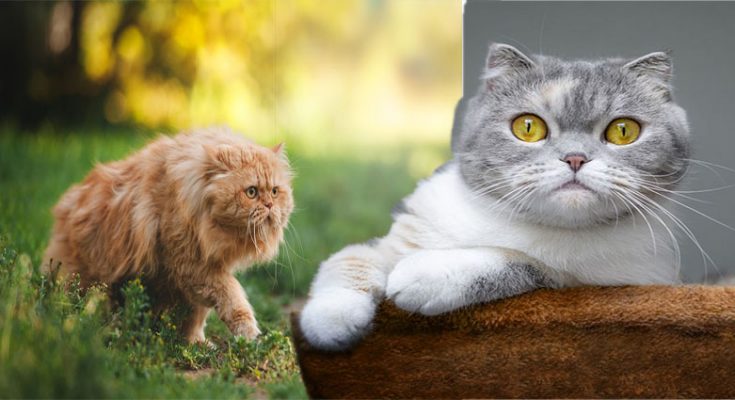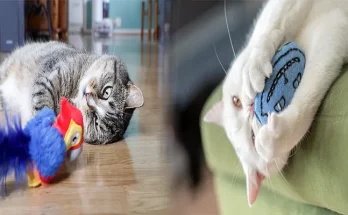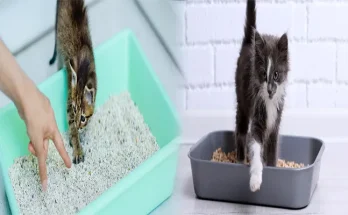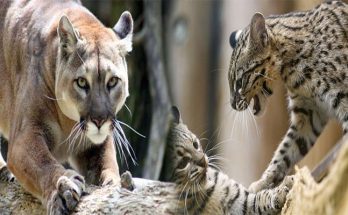Persian cats are loyal, obedient, and people-oriented. They are the perfect size for snuggling. Persian cats typically weigh eight to ten pounds and lead a sedentary lifestyle. Despite their size, Persians do not tend to shed much. However, they do require a lot of attention, and are prone to separation anxiety. Here are some important tips for adopting a Persian cat. Read on to discover more about Persian cat breeds.
Flat-faced Persians
A popular type of Persian cat with a flat face is called an Ultra-Persian. These cats are extremely flat-faced, and fall into either Category III or IV. These cats are a result of random genetic mutations that occurred in red Persians during the 1950s. Breeders quickly fell in love with this over-emphasized version of a traditional Persian. Today, most people associate the look of an Ultra-Persian with the classic Persian.
Himalayans
The Himalayan cat breed is a popular pet in the United States. Its long, soft, fluffy coat makes them look very soft and cuddly. Unlike Persian cat breeds, Himalayans have short, proportional tails and weigh about five pounds on average. They are a medium-sized pet and should not be overweight. Himalayans are small-sized, and their coats should be brushed daily.
Tabby Persians
There are two different types of Tabby Persians: classic and mackerel. Classic tabby Persians are the classic fur color, while mackerel tabbies are dark blue with silver tips. Despite their name, shaded Persians are a fun breed with lots of personality. Although they are less common, they have a unique and distinctive coat color. Persians with mackerel and silver tips are considered more playful than classic tabbies.
Calicos
There are many different colors of Persian cats. Some are pure white while others are a rich fawn color. Calicos have a white undercoat, but this pale color is only visible when the cat moves. These cats also have a smoky, copper-colored eye. Persian cat breeds include Calicos, tabbies, and lilac point Persians.
Bi-colors
The bi-color Persian cat was introduced into the U.S. in the mid-late 1800s, when they were imported from Turkey and Persia. Up until the 1950s, Persian cats were grouped into one division, “Longhair,” with different color variations considered a separate breed. Blue Longhairs were an example of a bi-color Persian cat. Until the 1960s, the CFA did not recognize this pattern as a separate breed, but rather as a division.
Shaded Persians
There are many different shades of Persian. Some have silver-like tipping on their legs and tails, while others have a gold-colored undercoat and a shaded mantle. The shaded Persian has an undercoat that is a darker shade than the chinchilla coat, and it has a distinct Persian appearance. To see more information about the different types of shades of Persian, please visit the breeder’s website.
Smoke Persians
Although they are a fairly new breed, Smoke Persians have only recently become popular. In fact, they are still very much a neglected breed in the fancy world. Until 1893, they were considered unfashionable and relegated to the “any colour” category. They have a unique mellow and playful character. Here’s an overview of the breed’s history. Hopefully this information will give you a better idea of this unique breed.





